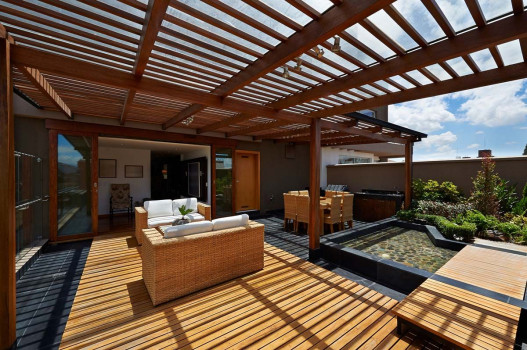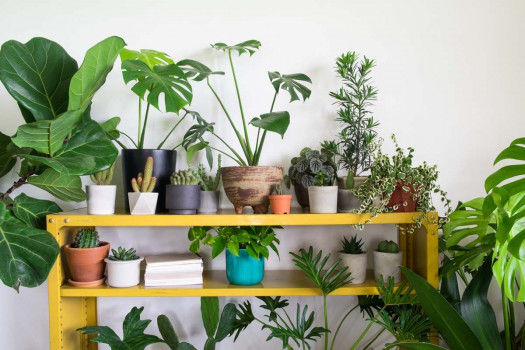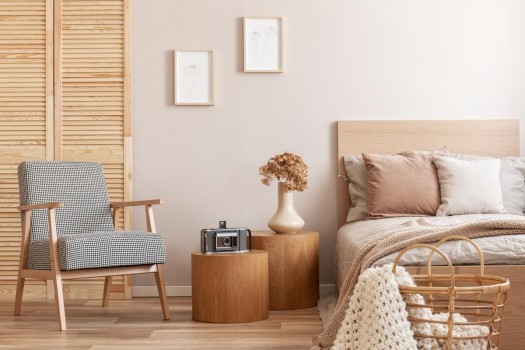Plants for Every Room in Your Home: Which Ones Suit Your Space Best




When it comes to interior design, plants are a great way to add life and colour to a room. Not only that, but indoor plants can also improve air quality. This article will explore which plants are suitable for different rooms in your home and what type of light they require. We will also provide tips on how to care for your indoor plants so that they stay healthy and vibrant!
The bathroom
The bathroom is a great place to start when adding plants to your home. Plants that thrive in high humidity and low light levels are ideal for this space. Some of our favourites include:
Aloe Vera: This succulent is known for its healing properties and can tolerate both low light and high humidity.
Care tips: Aloe Vera doesn't need a lot of water. In fact, too much water can actually be harmful to the plant. It's best to water only when the soil is completely dry.

Image courtesy of Shutterstock
Boston fern: This plant loves humid environments and can help purify the air in your bathroom.
Care tips: Fertilize once a month using a diluted fertilizer solution. If the leaves start to turn brown, that's a sign that the plant is not getting enough humidity.
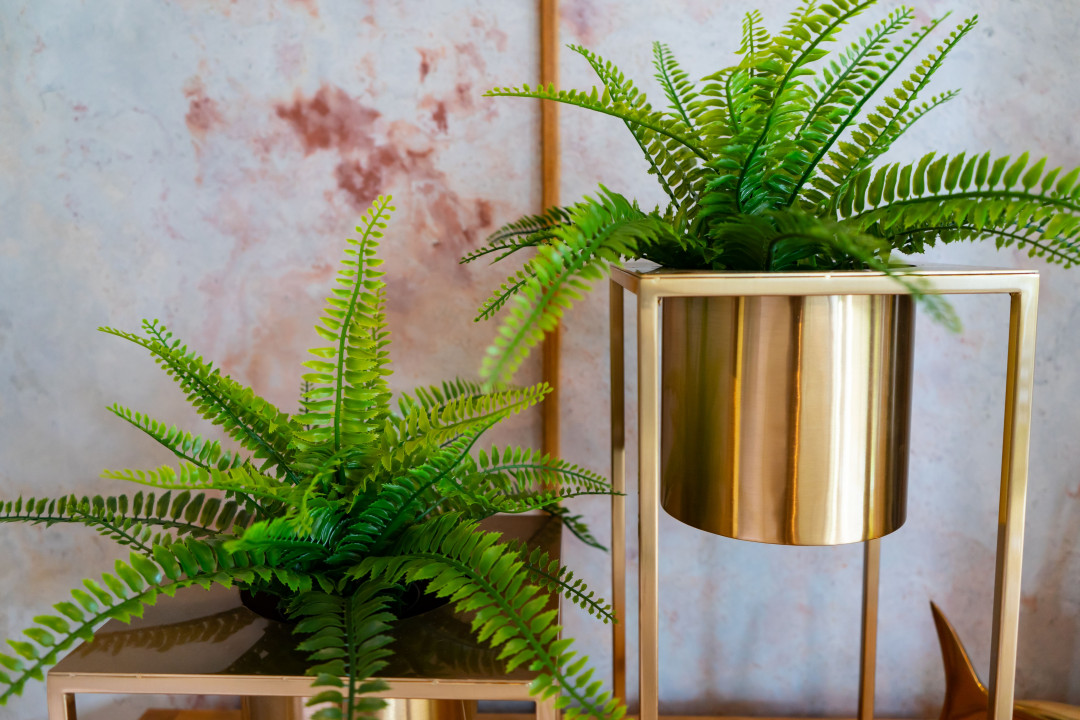
Image courtesy of Shutterstock
Peace lily: Not only does this plant thrive in humid conditions, but it also filters out harmful toxins from the air.
Care tips: Peace lilies are susceptible to pests and diseases. The best way to prevent problems is to start with healthy plants and quarantine new plants before adding them to your indoor garden.
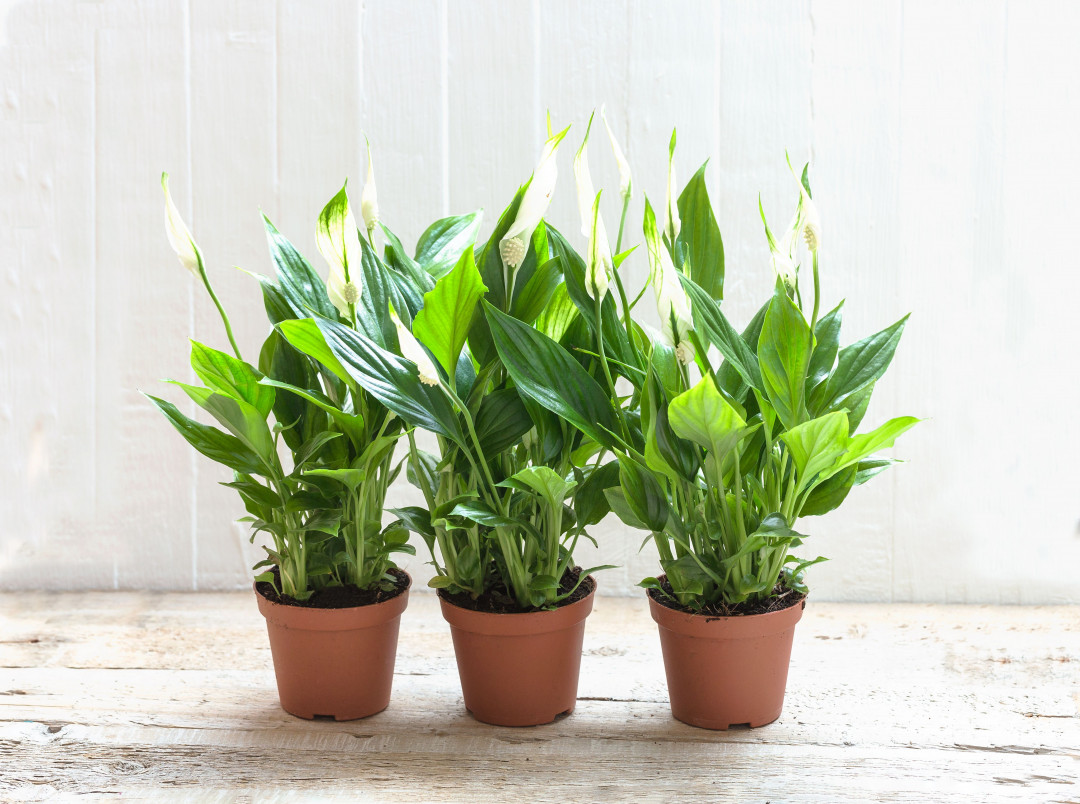
Image courtesy of Shutterstock
The kitchen
The kitchen is another great room for plants. Plants that enjoy moderate light and humidity levels are best for this area of the home. Some of our top picks include:
Herbs: Basil, rosemary, and mint are a fabulous choice for the kitchen since you can also use them in your cooking. Herbs are easy to grow on your benchtop or positioned on a sunny windowsill.
Care tips: Herbs tend to produce more when you prune them often. Different herbs have differing water needs. Basil, for example, grows best in evenly moist soil while sage prefer drier soil, so always reference the plant care tag before watering.
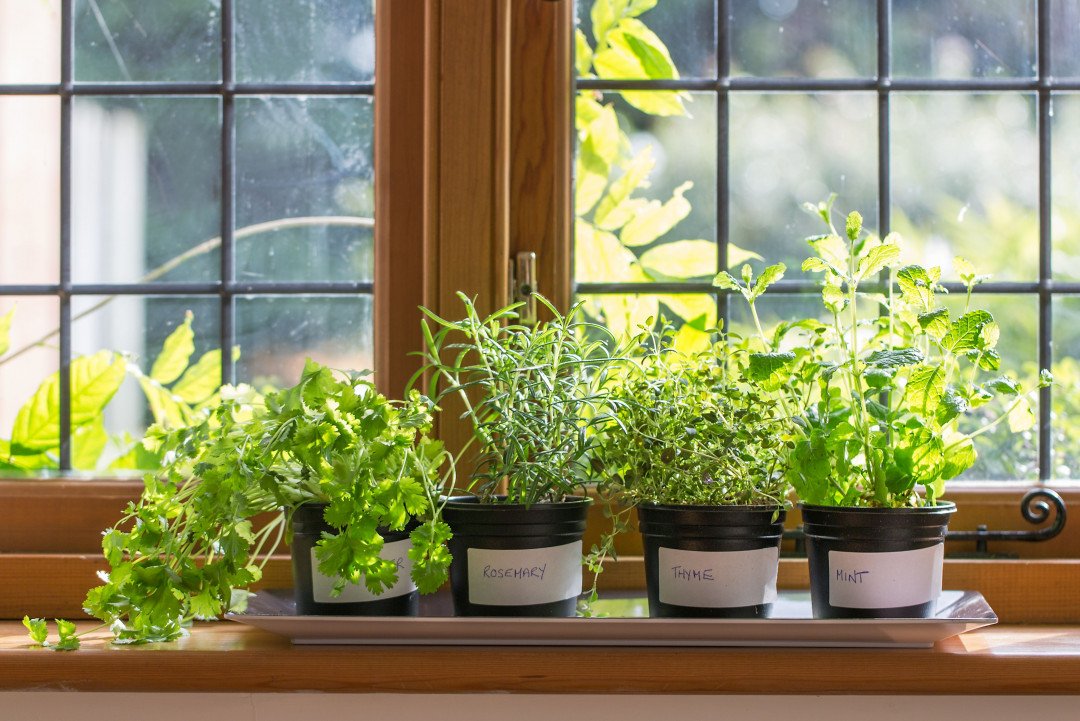
Image courtesy of Shutterstock
Spider plants: These thrive in bright light but will also prosper in low light. Hang them or place them on top of your kitchen cabinets for impact.
Care tips: These plants are sensitive to fluoride and chlorine in water, which can brown the leaf tips. If possible, use rainwater or distilled water.
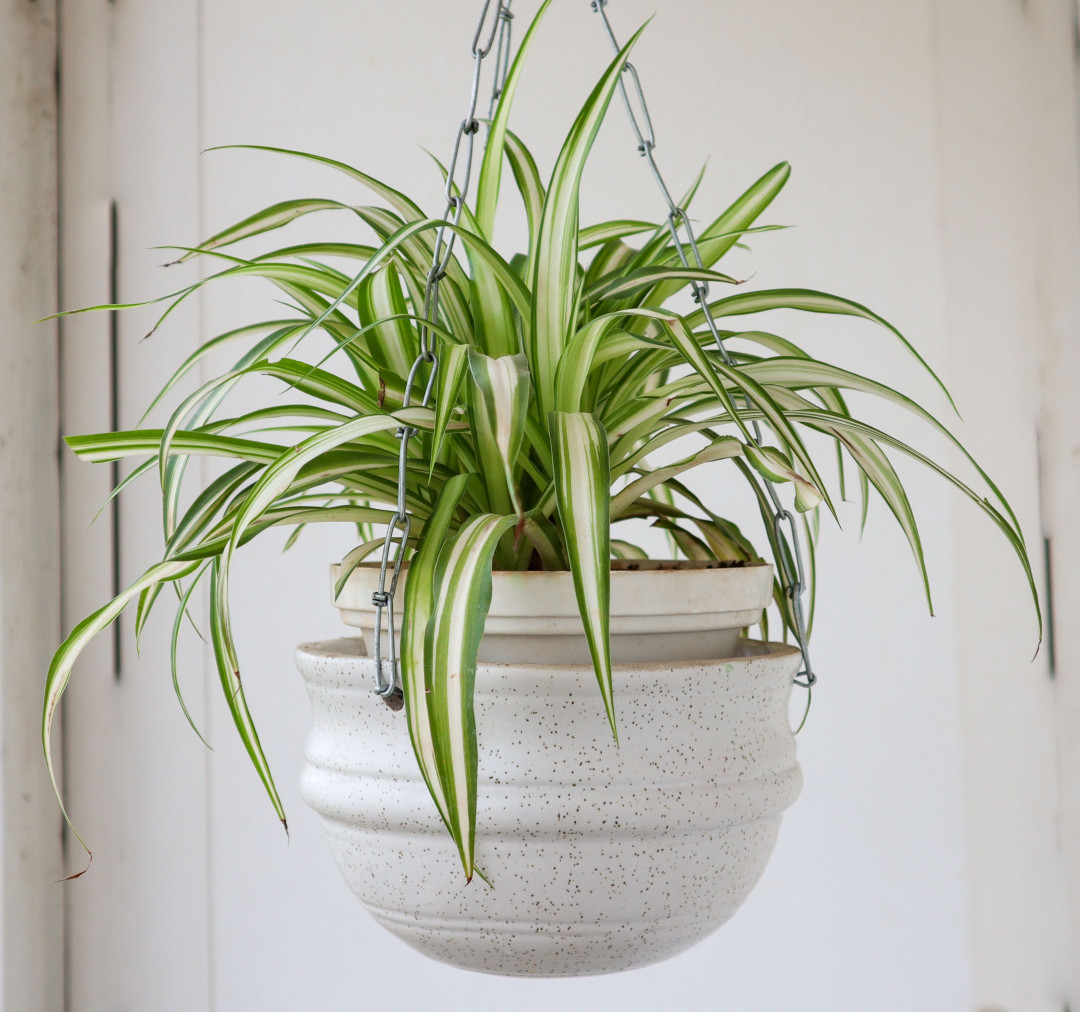
Image courtesy of Shutterstock
Venus fly trap: These carnivorous plants lure flies and other bugs in and eat them. A venus fly trap plant is a fantastic way to reduce your kitchen pests.
Care tips: These plants require a lot of sun. If you’re growing your plant indoors, a south-facing window that receives at least 6 hours of full sun is necessary if you live in the northern hemisphere.
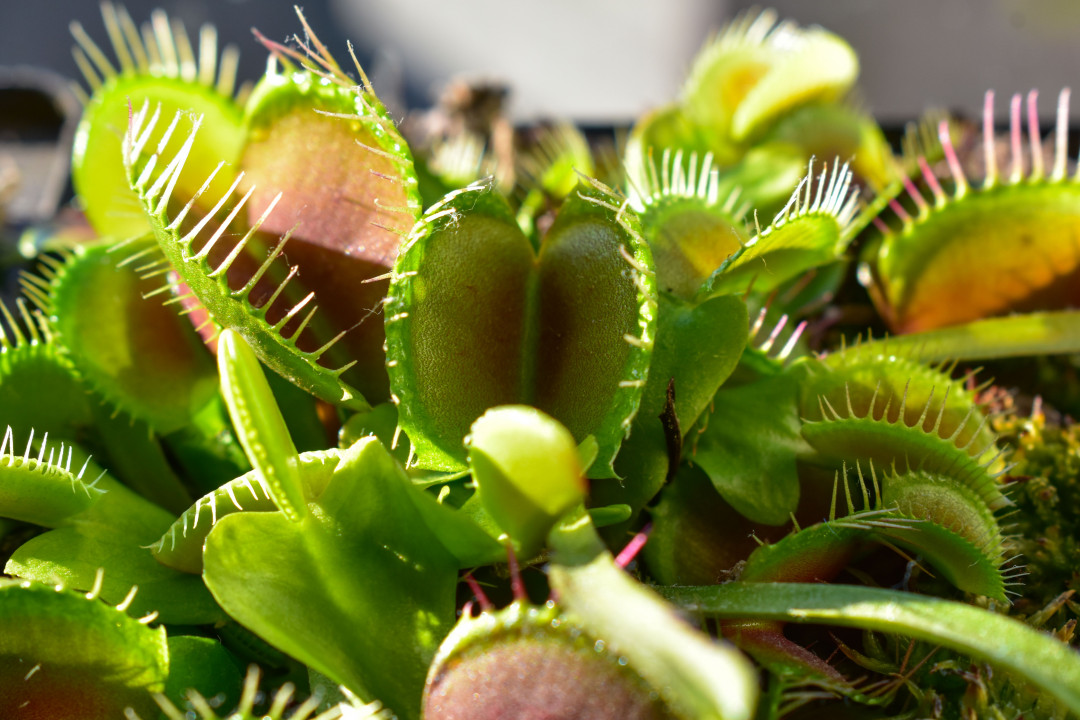
Image courtesy of Shutterstock
The living room
The living room is another great space for plants. Plants that enjoy moderate light and humidity levels are best for this area of the home. Some of our top picks include:
Snake plant: This tough plant can tolerate a wide range of conditions, making it ideal for the living room.
Care tips: Water only when the soil is dry - too much water can lead to root rot.
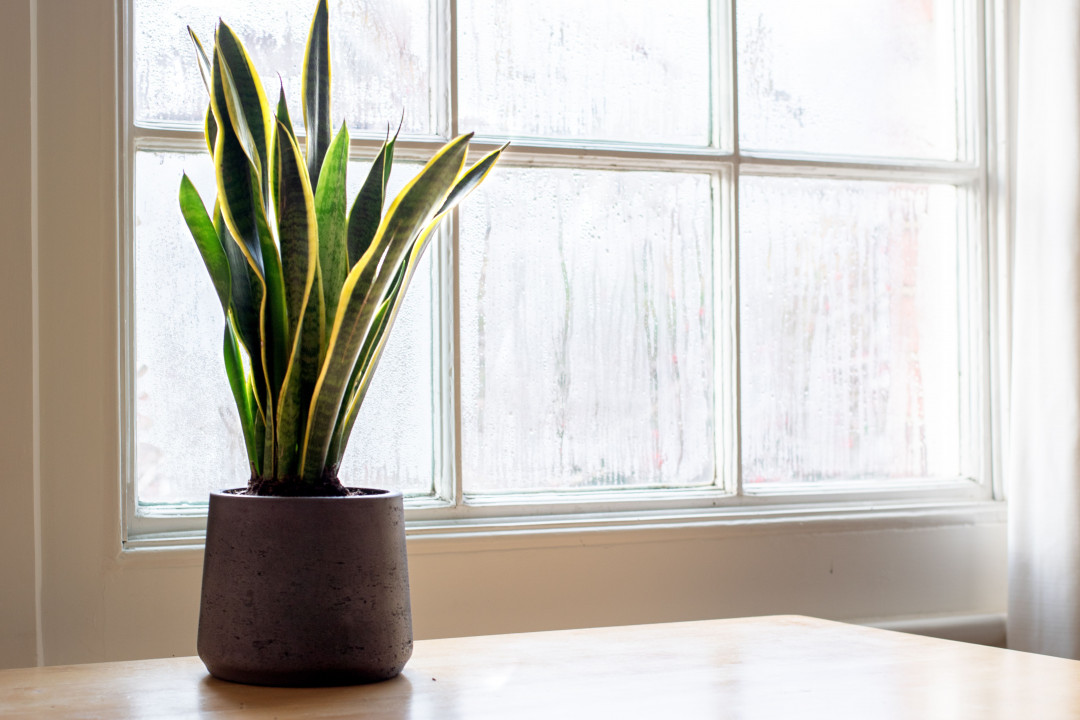
Image courtesy of Shutterstock
Philodendron: This plant is known for its ability to purify the air, making it a great choice for the living room.
Care tips: Philodendrons prefer indirect sunlight and humid conditions. Water regularly, but be sure not to over-water - this can cause the roots to rot.
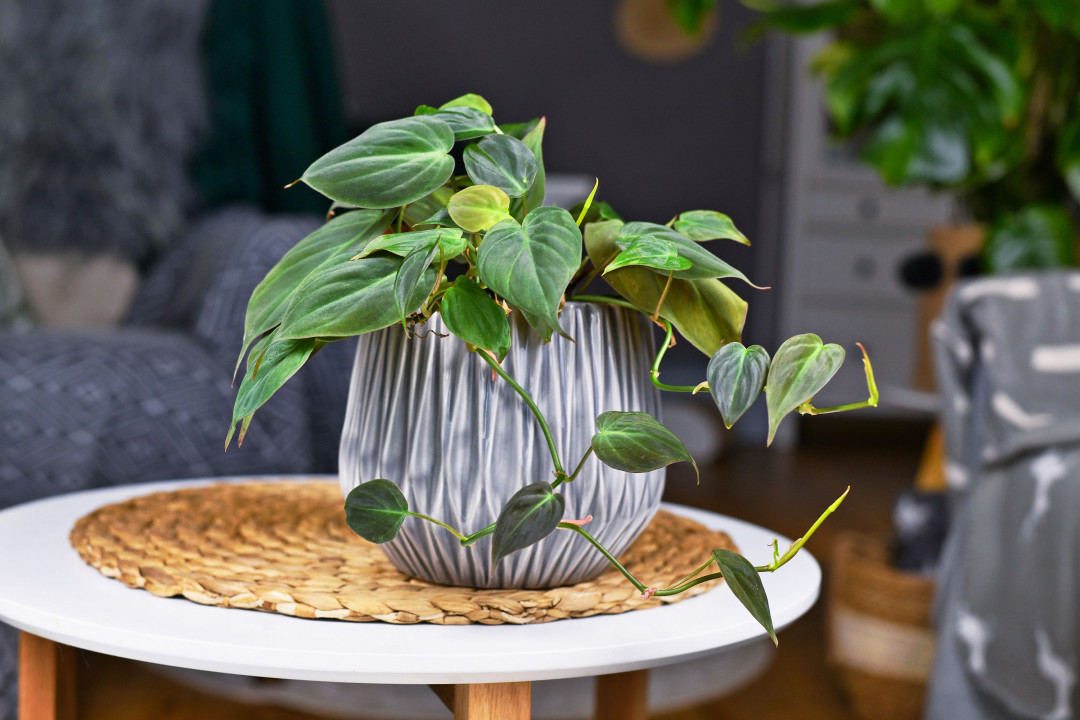
Image courtesy of Shutterstock
Fiddle leaf fig: This plant is a popular choice for the living room, and many other rooms, because of its large lush green leaves and sculptural composition.
Care tips: Regularly wipe the leaves. When the leaves are too dusty, they aren’t able to soak up all the sun and nutrients.
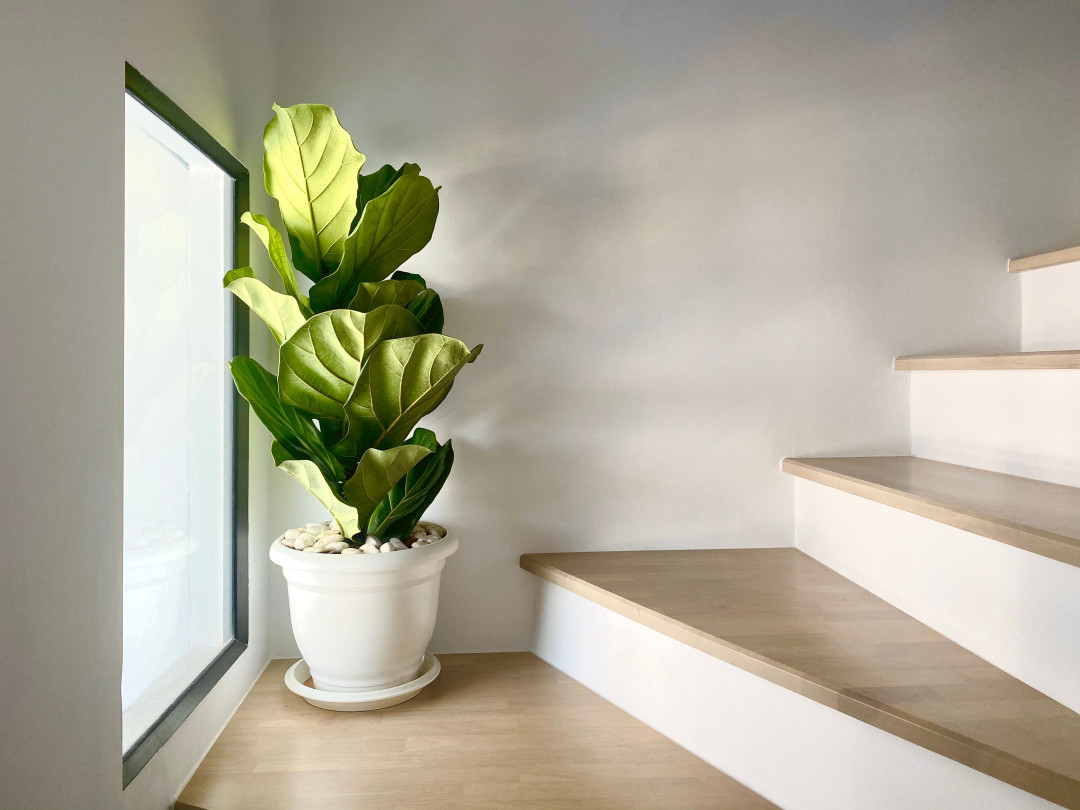
Image courtesy of Shutterstock
The Bedroom:
When choosing plants for your bedroom, you should consider the amount of light your bedroom gets. Another consideration should be your window treatment. Do you have heavy curtains, blinds, or a sheer curtain? And do you actually want to keep those open for extended periods of time? If you value your privacy or your bedroom doesn’t get a lot of natural light, you might want to choose a plant that doesn’t require much light, such as:
Pothos (Devils Ivy): This plant is known for its ability to thrive in low-light conditions.
Care tips: Pale leaves means too much sun, and loss of variegation means too little. Pothos likes to have its soil dry out between waterings.
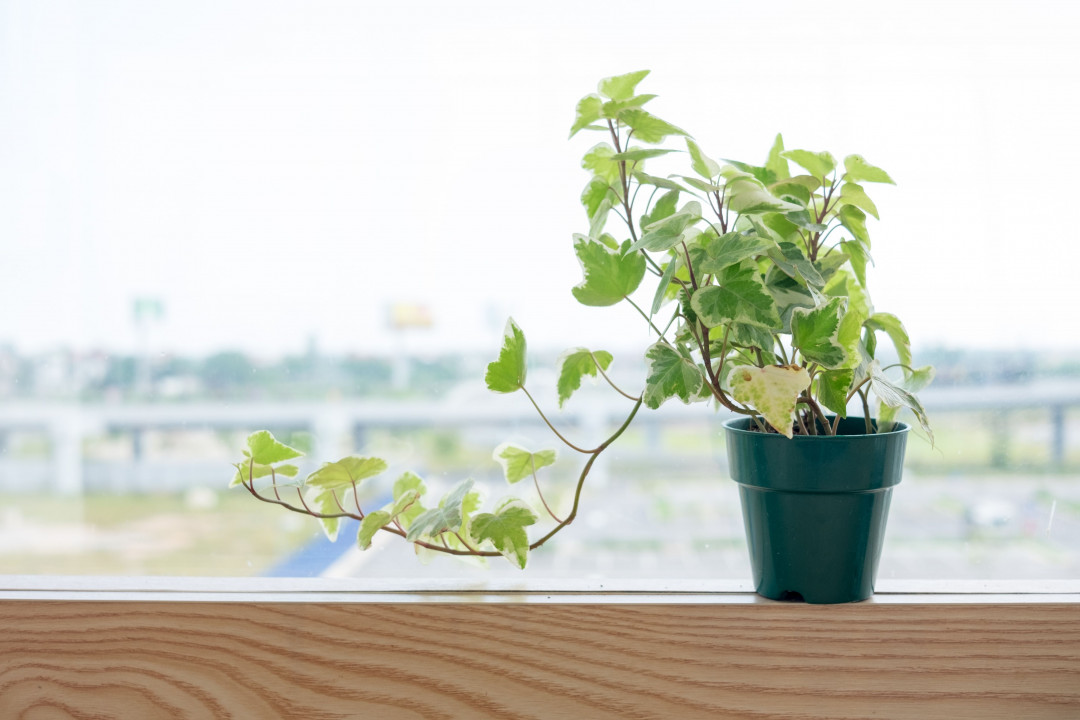
Image courtesy of Shutterstock
ZZ plant: (Zamioculcas zamiifolia): This plant is a great choice for rooms with little natural light.
Care tips: They need less rather than more water, in fact these robust plants can survive months without water. Yellow leaves mean that it is getting too much water.

Image courtesy of Shutterstock
Indoor plants are a great way to add life to your home. With so many different types of plants to choose from, there is sure to be one that is perfect for your space. Be sure to consider the light requirements of your plant before making your purchase, and be sure to follow our care tips so that your plant stays healthy and vibrant!




 Indonesia
Indonesia
 New Zealand
New Zealand
 Philippines
Philippines
 Hongkong
Hongkong
 Singapore
Singapore
 Malaysia
Malaysia


